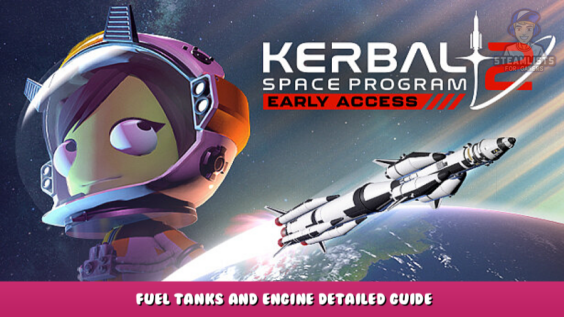
Hello and welcome, In this guide, we will tell you everything about Kerbal Space Program 2 – Fuel Tanks and Engine Detailed Follow this guide step by step.
Tanks for Fuel
Methalox & Methane fuel tanks are not here because they are named Liquid Fuel and Oxidizer tanks and Liquid Fuel tanks from KSP1
Embiggened Stratus-V
Category: Radial Mounted Monopropellant Tank
Description: “When Stratus Corp began designing their extra large radial monopropellant tank the team was amazed and shocked. They decided to name the tank …” immediately (Cut-off description).
Relevant statistics:
- Massive
- Huge
- Ginormous
- Weighs 67.5 tons
- 60 tons of Monopropellant
- Radial mount only (only attaches to the side for new players)
Use cases: When there is enough monopropellant to move the entire kerbin to a different star. Most likely for massive motherships, but as to why somebody would require this much monopropellant, even on a mothership, is a guess to me.
All of the new hydrogen fuel tanks
Since this isn’t a component but a category, i am breaking the format here. This will happen in all future categories , so beware.
Hydrogen tanks work similarly as methane fuel tanks, but they are only able to hold hydrogen, not methane. The fuel tanks are much lighter than methalox fuel tanks, however, the fuel is lighter and less dense so you’ll require more hydrogen tanks in order to equal methalox fuel tanks in delta v or weight. To operate nuclear engines hydrogen is required. It comes in a variety of sizes and shapes that methalox and methane tanks already exist in, with a very big exception that is going to be below this
[TBD[TBD (I like to call it the ORB. However, it does not have an official title)
Category: [TBD] (All other hydrogen fuel tanks are included in the category “Hydrogen Fuel Tank”. This may be the same as the official category.
Description: “[TBD]”
Useful statistics:
- Weighs 56.250 tonnes
- Holds 50 tons of hydrogen
- ORB
- Very large, even bigger than the embiggened stratus-v
Use Cases: Stores plenty of hydrogen in a small space, great to go very far if you enjoy nuclear engines. It also has an ideal mounting point for the SWERV engine
Engines
SC-TT “Labradoodle”
Category: “Orbital Metalox Engine”
Description: Kerbodyne’s latest engine is the “Labradoodle”. It does not perform well in the atmosphere, but it is extremely efficient in a vacuum, making it a great choice for upper stages. There is a rumor that a safe-flying web-caster named the Labradoodle during an interview.
Useful statistics:
- Weighs 5.25 tons
- Maximum vacuum thrust of 650 kN
- ISP vacuum 343 seconds
- Gimbal range of 4.5 degrees (no roll)
- Alternator makes 7 ec/s
- Methalox runs
Use Cases: Orbital engines or really big landers
Trivia Fact: The “safe flying web-caster” that is mentioned in the description is most likely Scott Manley, a YouTuber.
LV-SW “SWERV”
Category: Hydrogen Deep Space Engine
Description: “The “Super Warm Engine for Rocket Vehicles” is a gas-core nuclear engine that is designed for high thrust operations. It is made up of five tubes that are fixed to a structure that allows them to move. Jeb claims he didn’t discover the tubes in the lightbulbs’ spare box”
Useful statistics:
- 10 tons. Weighs 10 tons.
- Max thrust at 1 m (sealevel) 154.5
- Max thrust at vacuum 700kn
- ISP at 1 atm (sea level) 1 atm: 1 320 s
- ISP at vacuum 1,450 s
- Gimbal has a range of 4 degrees (no roll)
- Alternator makes 10 ec/s
- Hydrogen flows
Use Cases: This rocket can transport large, nuclear-powered vessels. Its incredible effectiveness and thrust will enable you to travel virtually everywhere with it. Due to its huge thrust for nuclear engines it is possible to use it within the atmosphere with reasonable effectiveness. However, it is still recommended to use it in space to avoid irradiating ksc.
I sincerely hope the Kerbal Space Program 2 – Fuel Tanks and Engine Detailed Guide was enjoyable for you to read. Please let us know in the comments box below if you find any errors in the post or have any recommendations for how it may be improved, and we will do our best to solve them as soon as possible. Thank you for your feedback! Don’t stress about it, and have a wonderful day! This post was motivated by the work of creator and author TheCrazyInsanity2 Don’t forget to add us to your bookmarks if you like the post; we update regularly with fresh stuff.
- All Kerbal Space Program 2 Posts List


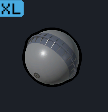
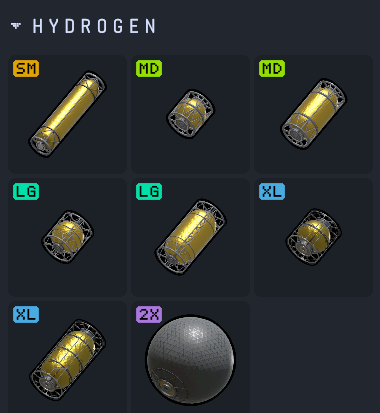
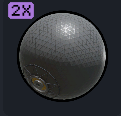
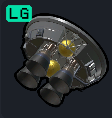
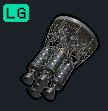
Leave a Reply